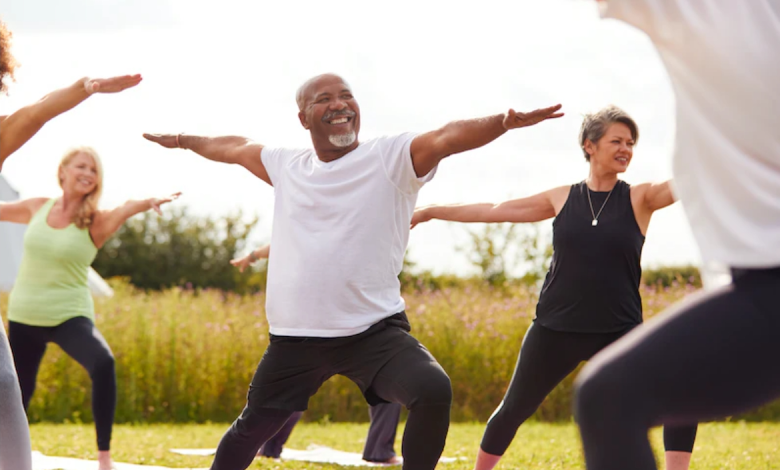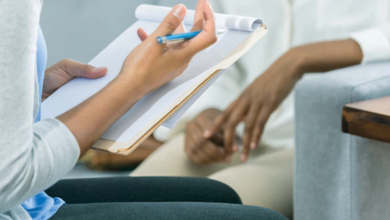Six Breathing Techniques for Easing Anxiety and Stress

Exploring Anxiety Management through Breathing Techniques
Experiencing occasional anxiety is a common part of life, but persistent feelings of panic and unease might signal an anxiety disorder, a condition affecting many individuals. Breathing exercises serve as a valuable tool in coping with anxiety and related mental health challenges. This guide presents six effective breathing techniques to assist in alleviating anxiety.
Understanding Anxiety
Anxiety manifests as a state of worry or unease, often triggered by stressors. However, when it becomes pervasive and overwhelming, it could indicate an anxiety disorder.
Different Types of Anxiety Disorders
Anxiety disorders manifest in various forms, including Generalized Anxiety Disorder (GAD), Panic Disorder, and Phobias, each characterized by distinct symptoms and triggers.
Recognizing Anxiety Symptoms
Common symptoms of anxiety include persistent worrying, restlessness, rapid heartbeat, bodily tension, dizziness, shortness of breath, and avoidance of usual activities.
Causes and Risk Factors of Anxiety
While the precise causes of anxiety remain unclear, factors such as genetics, brain chemistry, environmental stress, and personal history contribute to its development.
Understanding Breathing Patterns: Chest vs. Abdominal Breathing
Breathing patterns encompass diaphragmatic (abdominal) and thoracic (chest) breathing. Anxiety often induces shallow, rapid chest breathing, exacerbating stress symptoms.
Implementing Breathing Exercises for Anxiety Relief
Breathing techniques play a pivotal role in reducing anxiety by slowing down rapid breathing and promoting relaxation.
- Resonance Breathing: Inhale and exhale for five seconds each, maintaining a steady rhythm.
- Diaphragmatic Breathing: Breathe deeply using the diaphragm, focusing on expanding the stomach.
- Box Breathing: Inhale, hold, exhale, and pause for four seconds each, repeating the cycle.
- 4–7‑8 Breathing: Inhale for four seconds, hold for seven, and exhale for eight seconds, promoting relaxation.
- Pursed Lips Breathing: Inhale through the nose and exhale slowly through pursed lips, enhancing relaxation.
- Alternate Nostril Breathing: Inhale through one nostril, exhale through the other, alternating between them.
Additional Tips for Managing Anxiety
Other strategies for anxiety management include Cognitive Behavioral Therapy (CBT), medication, participation in support groups, regular exercise, and grounding techniques like the 5–4‑3–2‑1 method.
Seeking Professional Help
Consulting a healthcare professional is essential if anxiety significantly impacts daily life, ensuring appropriate guidance and treatment.
Resources for Anxiety Management
Various resources, including therapist directories, online therapy platforms, and helplines, offer immediate support and assistance.
FAQ About Anxiety and Breathing Techniques
Common questions address the efficacy of breathing exercises, distinguishing normal anxiety from a disorder, and the relationship between anxiety and breathing difficulties.




